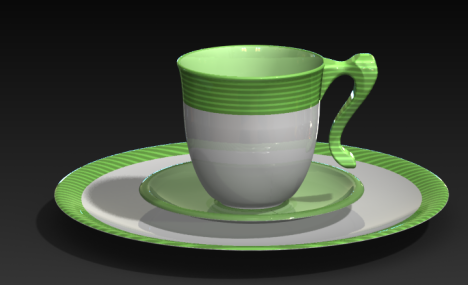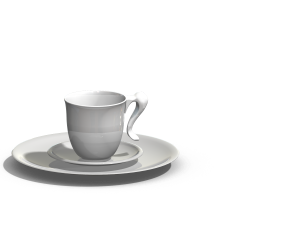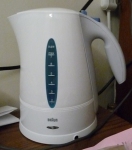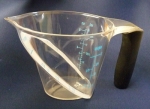Now, I don’t want to get off on a rant here, but in all honesty, today’s talk didn’t surprise me at all. I almost feel like I’d even been expecting it to happen at some point. I’m a paranoid person, so I’ve been looking at Coroflot portfolios and comparing myself for some time now. It makes me really depressed. I always feel like the stuff I have just can’t compete with that. Then, after a while, I get realistic–I make A’s in all my classes, so I must not be that bad, right? It doesn’t mean too much if I’m good compared to my classmates but only mediocre compared to my peers from other schools. It’s also not so surprising that our ID program is less than stellar. Each year that I’ve been in the program, at least one good professor has left…leaving more mediocre professors to take over their classes. I feel like this is the real problem that all of us have now. It’s not the case that other schools just attract more motivated and talented students–none of us came to Georgia Tech expecting it to be easy. It seems more likely that somewhere along the lines, we’re not being educated in a meaningful way. What I mean to say is that we’ve been allowed to get by with sub-par work, and then then standards are shifted down so that sub-par becomes acceptable work. I hope this is all making sense. In the past, I feel like we’ve been missing out on what the real design process is like. We were given strict deliverables–“each student must have 3 study models.” And when we bring the study models, we’re thanked for actually doing the work that was assigned rather than an honest critique, maybe something like, “you used an inappropriate material for the form you’re intending” or “are you really satisfied with the form of any of your models?” The last two statements are exactly what we’ve been missing. Maybe I should keep it more personal–it’s exactly what I’ve been missing. So we continue doing bad work because no one has wanted to expend the effort to tell us it’s bad and how to make it better.
That’s what I’m looking for in this semester. I want real feedback! In the past three semesters, I haven’t gotten descriptive feedback about my work at the end of a project, sometimes (only sometimes), I get back a rubric with the grade broken down into various components. Most of the time, it’s just a number posted on T-Square. How are we supposed to improve if that’s all we get? I want to know what I could improve. Today, that was really useful information–we all neglected to research and describe how our forms might actually be made. Honestly, I don’t even know where to begin finding that information. How do we research that? I tried to find wall-thickness information about bone china a few weeks ago, but nothing came up, so I just abandoned it. Today someone pointed out that the thickness of the handle and the thinness of the cup may not work out. Since I hadn’t done any significant research, I had nothing to say. As far as I know, he’s right–it won’t work. Going forward, I want to be able to know every single thing about my designs. If someone has a question, I need to have an answer. Be it questions about form development, modeling, manufacturing concerns, or technical specs, I should know it. That means I’m going to need to do more work. I did a lot of work on this project. Now I know the process a little better, so I’m prepared to do even more work next time. After all, I do need some good portfolio pieces. I would like to get a job some day.
Of course, that’s just my opininon; I could be wrong.
Quotes courtesy of Dennis Miller
Filed under: On My Mind | 2 Comments »






